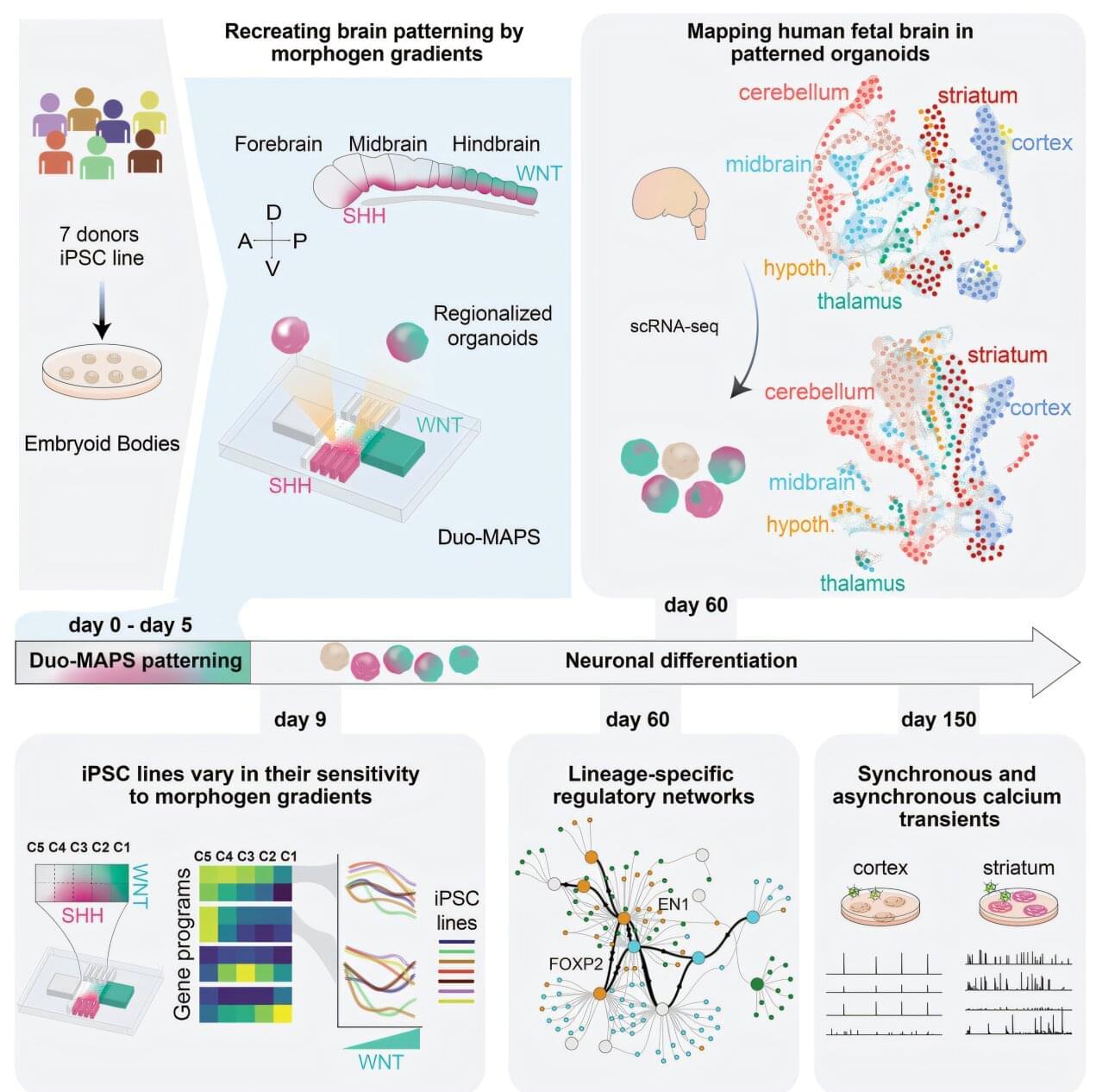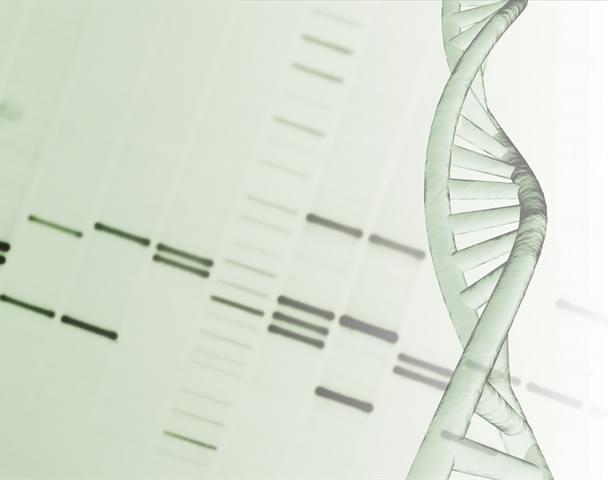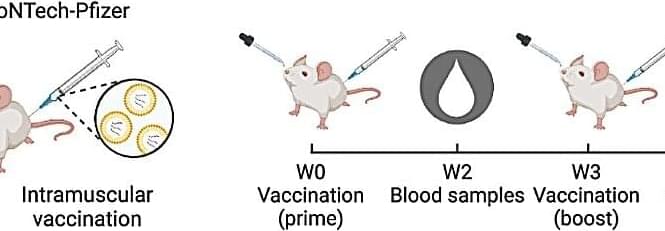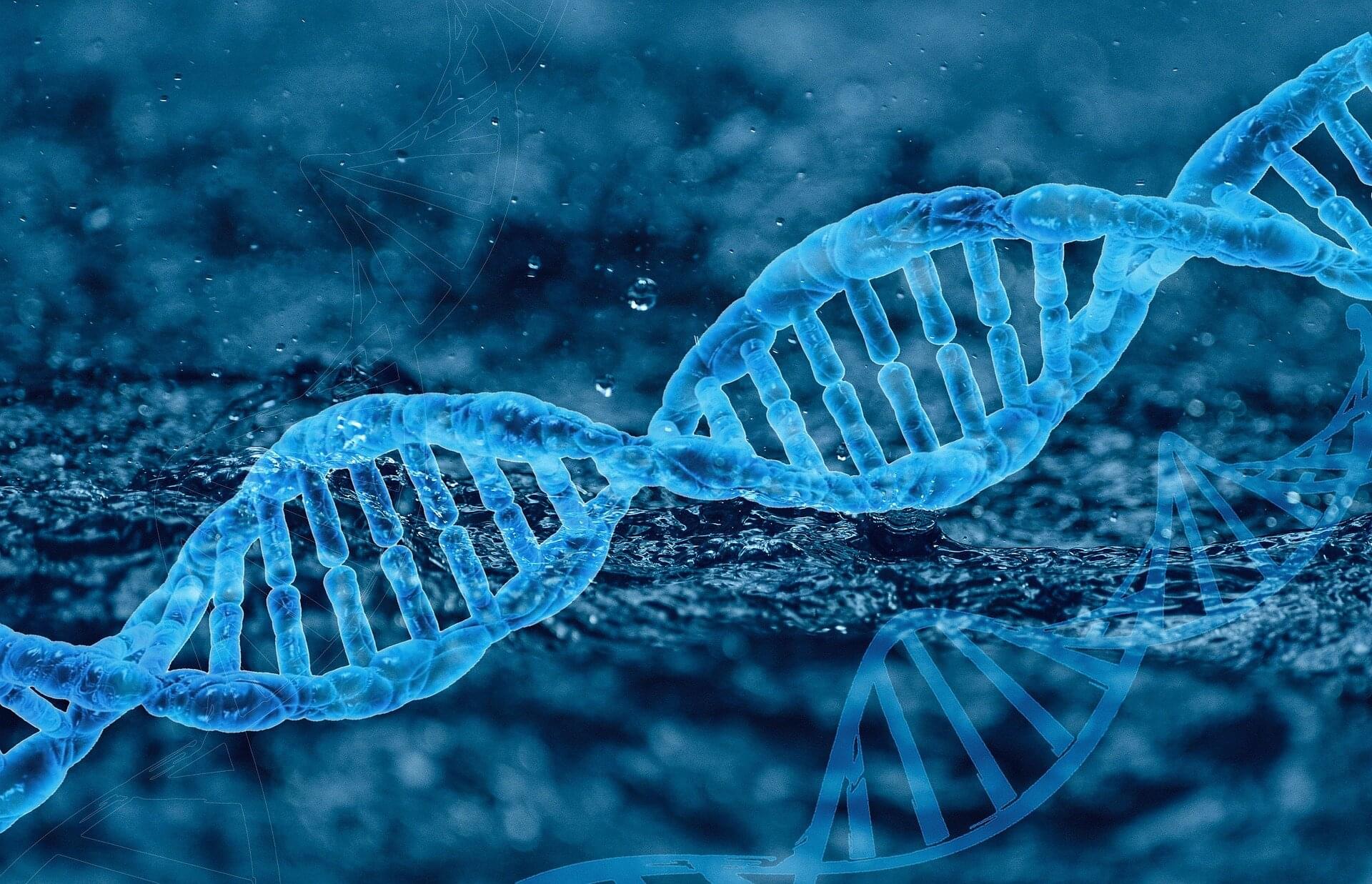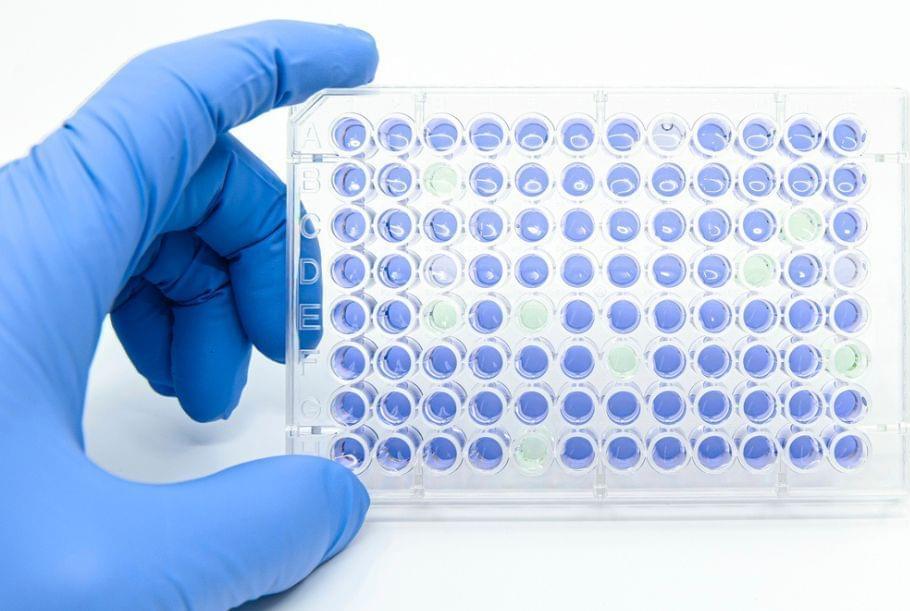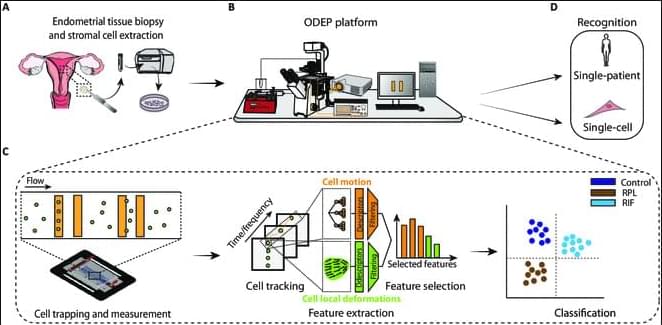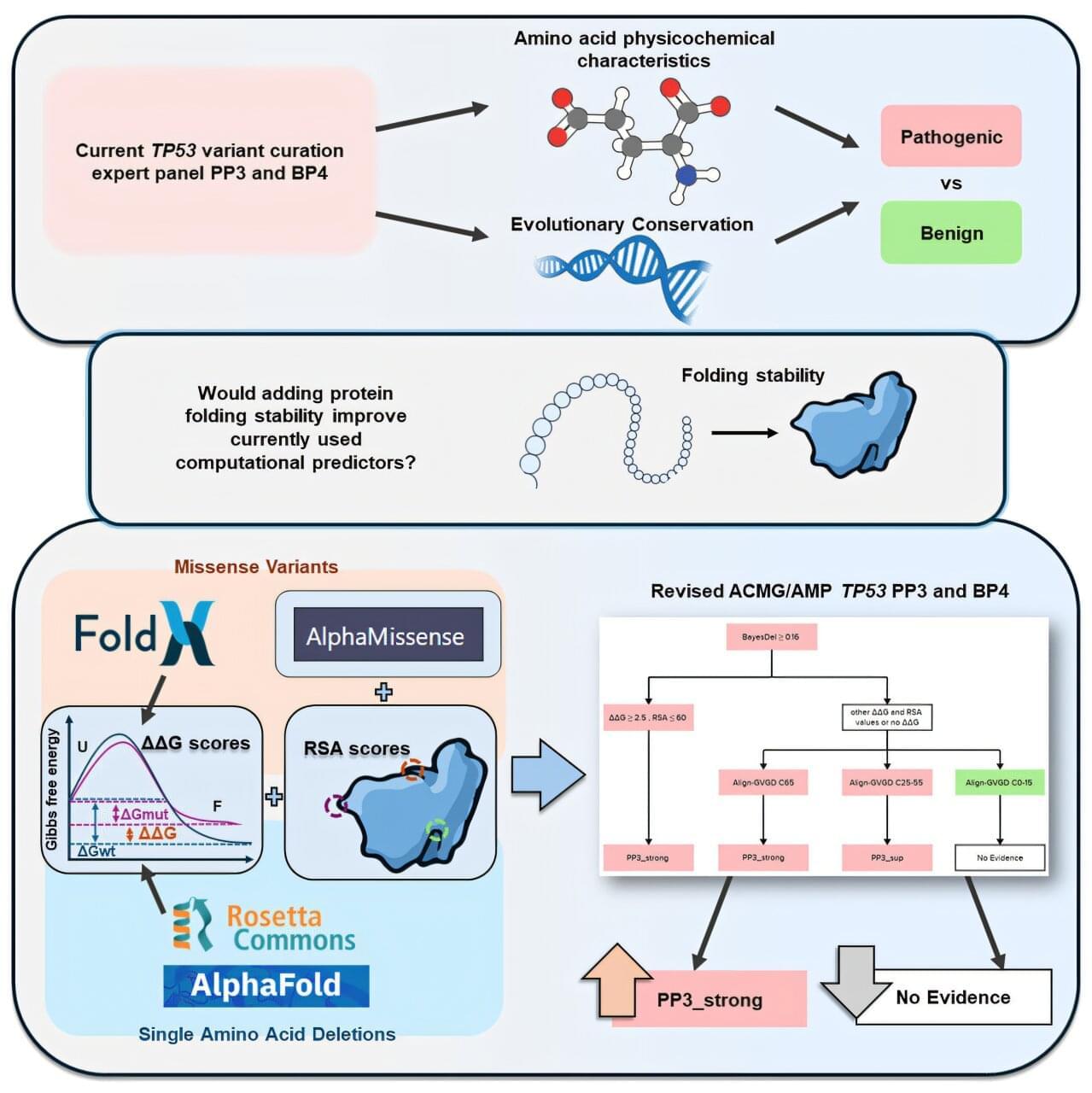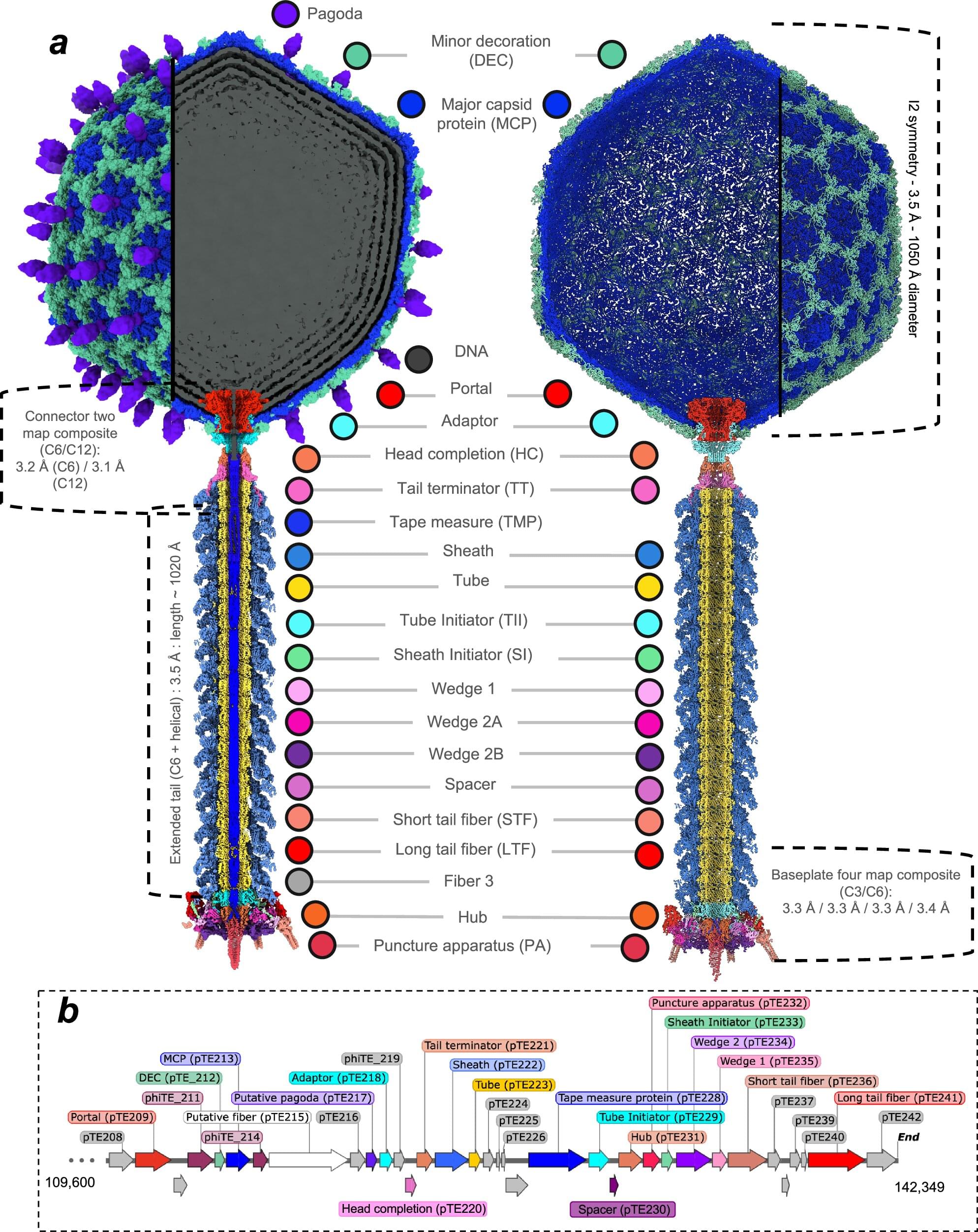Just a few weeks after conception, stem cells are already orchestrating the future structure of the human brain. A new Yale-led study shows that, early in development, molecular “traffic cops” known as morphogens regulate the activation of gene programs that initiate stem cells’ differentiation into more specialized brain cells.
The Yale team found that sensitivity to these signaling morphogens can vary not only between stem cells from different donors, but between stem cells derived from the same individual.
“This is a new chapter in understanding how we develop and how development can be influenced by genomic changes between people and by epigenetic modifications within individuals,” said Flora Vaccarino, the Harris Professor in the Child Study Center at the Yale School of Medicine (YSM) and co-senior author of the research, published in the journal Cell Stem Cell.
